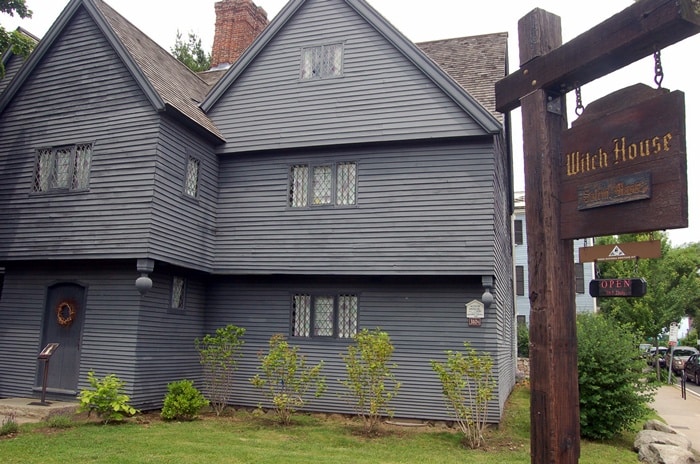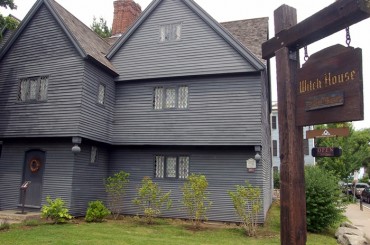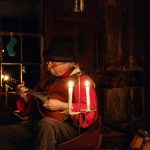Massachusetts
The Witches | History of the Salem Witch Trials
We’ve all heard the story of the Salem witch trials. When two young girls became ill and began throwing themselves about in fits of madness, they were diagnosed as having been bewitched. One accusation sparked another, neighbor turned on neighbor, and family bonds quickly unraveled, culminating in the unjust execution of 19 people who had […]

Coffee By Design | Portland, Maine
Photo Credit : Katherine Keenan
Photo Credit : Aimee Seavey
- While Salem, Massachusetts, claims the infamous witch trials as its legacy, the accusations and drama originated in Salem Village, in what is now Danvers, Massachusetts.
- Supernatural occurrences extended beyond the trickery of witches. Ghosts infiltrated the judicial proceedings, whizzing about the room, distracting witnesses, and strengthening testimonies against the accused.
- No “witches” were burned at the stake in Salem, but fourteen women and five men were hanged for witchcraft. As the hysteria spread, 55 people admitted to being in league with the devil, in part because more leniency was shown to those who confessed.
- Giles Corey, who refused to confess, was crushed to death by the piling of stones atop him. He was the only person ever to have been pressed to death in America.
- Executions were not limited to humans. Two dogs were also found guilty and killed.








If you are interested in books about the witch trials in America, you need to check out One of Windsor, by Beth M. Caruso. It is a fantastic story about Alice Young, the first person hanged in America for being a witch. That’s right, before Salem there was Alice! This book is receiving praise from historians and academics as “the best work of research-based historical fiction about New England witchcraft trials to date, unearthing a little-known case with rich detail and skill.” Give it a read. The story will captivate your senses. For details, go here: http://www.oneofwindsor.com
The last time I was in Salem Village-Danvers -was 1984 when we went for a “Swinerton Reunion ” We were there to commemorate and place a plaque at the Swinerton cemetery in honor of Job Swinerton-Born 1630 England -Died April 7, 1700 in Salem Village ,Mass. His wife was Elizabeth whom I believed was burned in a house fire. He was living in the times of the which stories and was said to have been trying to help “Rebecca Nurse ‘ of which there is a book written regarding all this–unfortunately she was hanged and is now part of the memorial where several of the whiches were hanged-2017 memorial. The title of the book is “Rebecca Nurse” but I don’t remember the author.